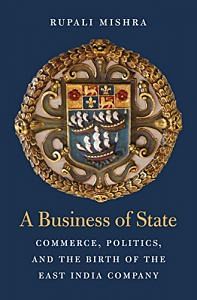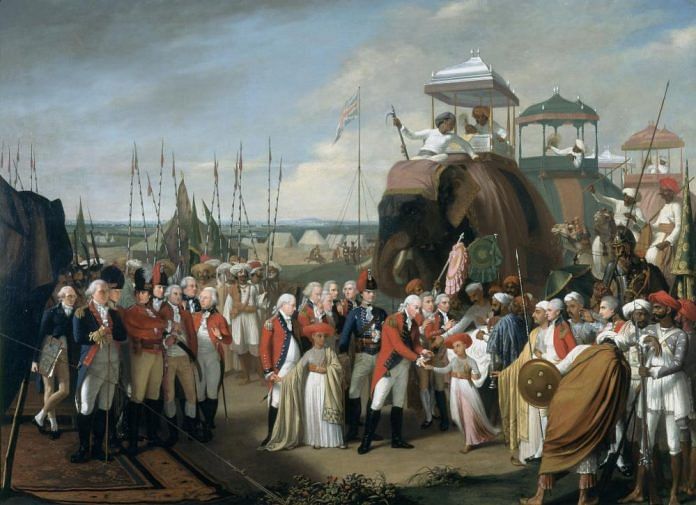Rupali Mishra’s new book describes how licencing, permits, rights etc. fetched gains for people close to power.
In ‘A Business of State: Commerce, Politics, and the birth of the East India Company‘, author Rupali Mishra explains the complex relationship between the crown and the company. She writes about how the East India Company served both the public and private good in Britain: public benefits through state revenue, cheaper products for common people and private interest through higher profits.
Set in the sixteenth and seventeenth century, the book describes the genesis of the East India Company and its progress and provides a sense of how business and state came together over the centuries.
Narrating the journey of the East India Company, Mishra articulates how the company was inseparable from the state and how its growth was embedded in the prosperity of the state.
The book paints a vivid picture of the nexus between the company and the state in the form of patents and the privileges conferred so that it could enjoy monopoly. This included legal power and the right to self-governance. It signified how royal prerogative could help the group of individuals for the benefit of the whole nation.
Gradually, the ‘letter patent’ became a major legal tool for trading in the sixteenth and seventeenth century, which gave traders huge power related to land, office, self-government, etc. This became an early strategy of imperial power in economic licencing and delegation of power for economic growth.
The nature of the nexus in the early modern period, during which licencing, permits, rights etc. were tuned to fetch private gains for people close to power, was actually no different from what exists today.
The performance of the company as depicted was dependent on its elected leaders and their ability to articulate the patents and privileges through the crown defying the norms of choosing the best and laying thrust solely on their ability to manage conflicts between leaders and general members within the company. The conflicting issues were negotiated in the ‘court of committees’ in which leaders needed to show their strength and skill to convince the opponents.
The procedures described by Mishra highlights how these actions helped in the formation of institutions in England in the early modern era. The company came closer to the state power by recruiting powerful people as its leaders. This led to more conflicts and division within the company as all leaders tried to achieve goals to their own end. The lack of transparency and frequent change of leadership raised suspicion among the common members and general public at large. There is a similarity with today’s world as many corporate leaders step down due to their inability to manage internal conflicts, the pressure of shareholders or not living up to the vision of the company.
In the case of East India Company, the issue of company governance was a major agenda for its election in 1619. The formation of the modern structure of governance and how it evolved through a constant effort to balance Company’s needs against state objectives to protect the East Indies Trade is the main takeaway from the book.
The book also analyses the internal dynamics of the company and provides documented evidence of its struggle with questions over how power and authority should function within the institution, particularly when a large sum was involved.
Mishra reiterates the importance of access to information, transparency, power balance, managing incumbency and representation, handling criticism, diplomacy, etc. for a large corporation for successful overseas expansion and to ensure continuous state patronage. The book has huge contemporary values in analysing the dynamics between large corporations and the state.
Lastly, though the book has not described the presence of the company in Indian soil it gives enough clues about how organised systems and connivance with the state could help it establish rule subjugating local nawabs and rajas. The British government established their control over the economy and society through the East India Company, collected revenue, bought goods at a cheaper price and sold the goods produced in England without facing any competition in India.
Politically fragmented India was unable to face the onslaught of the Company which was a matured entity backed by a modern inner-organisation structure and the state as well.
 In her book, Mishra establishes that through centuries the relationship between corporations and the state has become symbiotic.
In her book, Mishra establishes that through centuries the relationship between corporations and the state has become symbiotic.
Biswajit Nag is a Professor at Indian Institute of Foreign Trade, New Delhi



